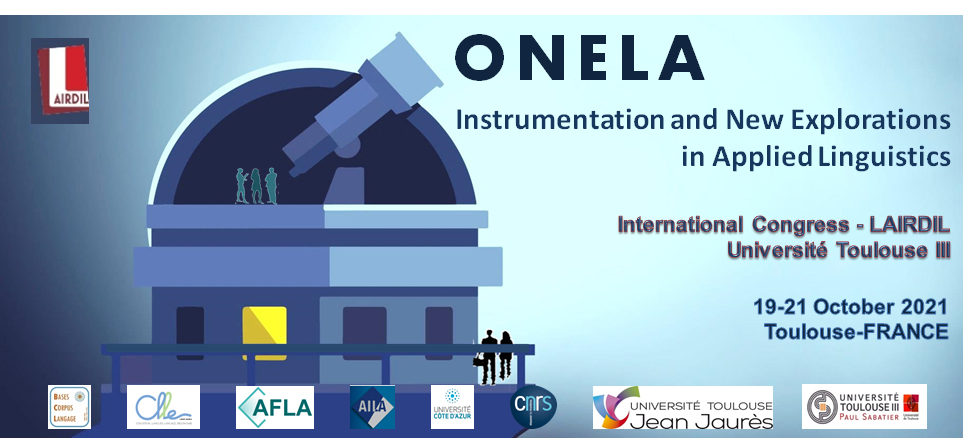Writing is a complex skill that poses considerable difficulty to both first and second language writers. Second language writing research has focused mainly on college level students leaving the area of adolescent second language writing relatively underdeveloped. The present study addresses this research gap by examining the argumentative writing of Greek students, aged 12-16, in English as a Foreign Language (EFL). The participants, 350 Greek adolescent students attending 4 different state schools and private foreign language institutions, completed the Quick Oxford Placement Test (UCLES, 2001), a brief questionnaire aiming tο help us create a learner profile, and wrote essays on controversial topics. Students' handwritten essays were transcribed and saved as word documents and a learner corpus of 100,000 words (more than 700 essays in total) was compiled using the Sketch Engine (Kilgarriff et al., 2014). The study aims to examine the quality of student's arguments in relation to the use of metadiscourse features and relate it to their age and second language proficiency. In particular, the following research questions are being addressed:
a) To what extent do the variables of age and second language proficiency influence the quality of Greek adolescent EFL students' arguments and use of argument elements?
b) What is the relation between the use of metadiscourse features and the use of argument elements and argument quality?
A mixed-methods research design was adopted using both qualitative and quantitative approaches. Qualitative analysis was performed in order to investigate the production of arguments in students' essays. An adaptation of Toulmin's (2003) model of argument structure was used as a guide to both identify the elements of claim, data, warrant, and rebuttal and to assess the overall quality of students' arguments. Both qualitative and quantitative corpus analyses were performed in order to investigate the frequency and use of metadiscourse features, namely logical connectives, hedges, boosters, attitude markers, and pronouns using Hyland's taxonomy of metadiscourse (2005). Statistical analyses were performed using the SPPS software ver. 27 (IBM Corp. 2020). Findings showed that age and proficiency level influence the quality of arguments and the use of Toulmian elements. Rebuttals were used neither frequently nor efficiently, a finding that has important implications for argumentative writing instruction. Based on these findings, the relationship between metadiscourse and argument features will also be discussed.
Kilgarriff, A., Baisa, V., Bušta, J., Jakubíček, M., Kovář, V., Michelfeit, J., Rychlý, P., & Suchomel, V. (2014). The Sketch Engine: ten years on. Lexicography, 1(1), 7-36.
Hyland, K. (2005). Metadiscourse. London: Continuum.
IBM Corp. (2020). IBM SPSS Statistics for Windows, Version 27.0. Armonk, NY: IBM Corp.
UCLES (2001). Quick Placement Test (Paper and pencil version). Oxford: Oxford University
Press.
Toulmin, S. E. (2003). The uses of argument (updated ed.). Cambridge : Cambridge University Press.
- Poster

 PDF version
PDF version

